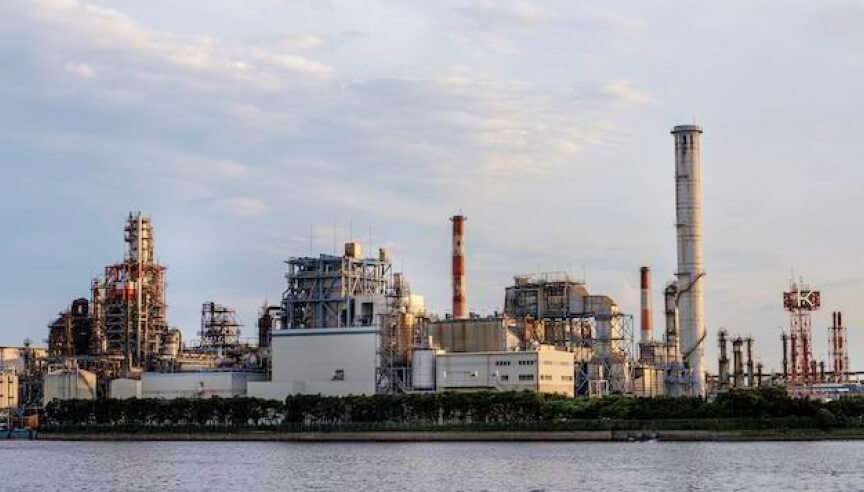Recent Posts
Industries Prone to Wastewater Pollution

Unveiling the Most Perilous Culprits: Industries Prone to Wastewater Pollution
Wastewater pollution poses a grave threat to global water resources, ecosystems, and public health. While various sectors contribute to this environmental menace, certain industries stand out for their significant impact on water quality. In this article, we delve into the industries most notorious for wastewater pollution, highlighting their practices, pollutants, and the urgent need for remedial action.
1. Chemical Manufacturing:
Chemical manufacturing facilities are among the leading contributors to wastewater pollution due to the vast array of toxic substances they produce and utilize. From organic solvents to heavy metals, these facilities discharge a cocktail of pollutants into water bodies through processes like chemical synthesis, cleaning, and waste disposal. Improper storage, handling, and disposal of hazardous chemicals further exacerbate the problem, posing risks to aquatic ecosystems and human health.
2. Textile and Leather Production:
The textile and leather industries are notorious for their intensive water usage and discharge of harmful pollutants, including dyes, bleaches, and heavy metals. Wastewater from dyeing, finishing, and washing processes contains a plethora of chemicals that can persist in the environment, altering water chemistry and harming aquatic life. In regions with lax environmental regulations, these industries often dispose of untreated effluents directly into water bodies, exacerbating pollution and endangering communities downstream.
3. Mining and Mineral
Processing: Mining activities, including extraction, processing, and tailings disposal, generate vast quantities of wastewater laden with heavy metals, acids, and other contaminants. Acid mine drainage, a byproduct of sulfide oxidation, poses a particularly severe threat to water quality, rendering streams and rivers acidic and toxic to aquatic organisms. Moreover, the disposal of mine tailings in impoundments and waterways can lead to sedimentation, habitat destruction, and long-term ecological degradation, making mining one of the most environmentally damaging industries worldwide.
4. Food Processing:
The food processing industry produces copious amounts of wastewater containing organic matter, nutrients, and suspended solids. From slaughterhouses to dairy farms, food processing facilities discharge effluents rich in biochemical oxygen demand (BOD), nitrogen, and phosphorus, which can deplete oxygen levels in water bodies and trigger eutrophication. Additionally, the presence of pathogens and antibiotic residues in food processing wastewater poses risks to public health and aquatic ecosystems, necessitating robust treatment measures to mitigate contamination.
5. Petroleum Refining and Petrochemicals:
Petroleum refining and petrochemical industries are notorious for their large-scale water consumption and discharge of hazardous pollutants, including hydrocarbons, heavy metals, and toxic chemicals. Wastewater from refining processes, such as desalting, cracking, and cooling, contains a complex mixture of pollutants that can contaminate water sources and pose risks to aquatic life. Oil spills and leaks further exacerbate pollution, causing widespread environmental damage and economic losses in affected regions.
Conclusion:
While various industries contribute to wastewater pollution, chemical manufacturing, textile and leather production, mining, food processing, and petroleum refining stand out for their significant environmental footprint. Addressing pollution from these industries requires a multifaceted approach, including stricter regulations, improved wastewater treatment technologies, and greater corporate accountability. By prioritizing pollution prevention and sustainable practices, we can safeguard water quality, protect ecosystems, and ensure a healthier planet for future generations.
